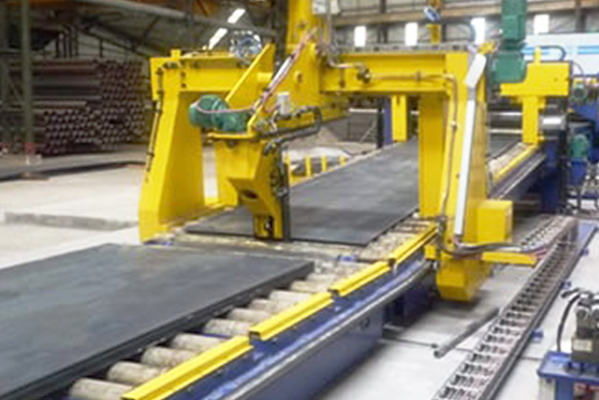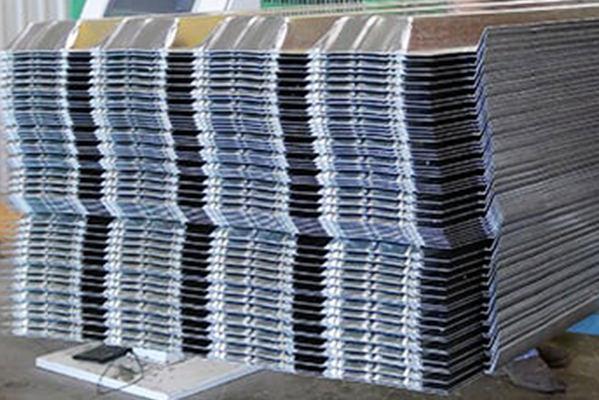Navigation Menu
Contact Us
- Email:
- info@wxavatar.com
- Address:
- Yurong Village, Yuqi Street, Huishan District, Wuxi, China.
Release Date:Jun 21, 2025 Visit:57 Source:Roll Forming Machine Factory
The maintenance of railroad components is essential for ensuring the reliability and safety of rail operations. In 2024, several maintenance trends are shaping how rail operators and manufacturers approach equipment servicing and lifecycle management. These trends focus on improving efficiency, reducing downtime, and supporting more accurate condition monitoring. So, what are the key maintenance trends for railroad components this year?

Predictive Maintenance Powered by Data
One of the most prominent trends in 2024 is the continued growth of predictive maintenance. By using data collected from onboard sensors and trackside monitoring equipment, rail operators can now predict when specific components will require servicing. Predictive maintenance helps prevent unexpected failures by identifying early signs of wear and damage, allowing maintenance teams to act before major problems occur.
Increased Use of Remote Monitoring Systems
Railroad companies are adopting more remote monitoring technologies for components such as wheels, axles, brakes, and couplers. These systems allow maintenance teams to track component performance in real time without manual inspections. Remote monitoring provides immediate insights into equipment conditions, helping operators make faster and more informed maintenance decisions.
Shift Toward Condition-Based Maintenance
Condition-based maintenance is gaining popularity in 2024 as rail operators move away from strict time-based maintenance schedules. Instead of servicing equipment at fixed intervals, maintenance teams now base their decisions on the actual condition of each component. This approach improves resource management and helps reduce unnecessary part replacements.
Adoption of Digital Maintenance Platforms
Digital maintenance management systems are becoming essential tools for organizing inspection records, scheduling repairs, and tracking component lifecycles. These platforms help rail operators maintain clear documentation, streamline maintenance workflows, and ensure that all servicing activities meet regulatory requirements.
Focus on Component Standardization
Rail operators and manufacturers are showing greater interest in using standardized components to simplify maintenance. Standardized parts make it easier to manage inventories, reduce spare parts variety, and speed up replacement procedures. This trend is particularly useful for large rail fleets that operate across multiple regions.
Advanced Non-Destructive Testing Methods
Non-destructive testing (NDT) methods, such as ultrasonic testing, magnetic particle inspection, and advanced imaging, are becoming more widely used in 2024. These techniques allow maintenance teams to detect internal defects and surface cracks without disassembling equipment, leading to faster and more accurate inspections.
Modular Component Designs
More manufacturers are offering modular railroad components that are easier to remove, inspect, and replace. Modular designs simplify maintenance procedures and reduce downtime by allowing quick component swaps, especially for parts such as braking units, couplers, and bogie assemblies.

Conclusion
The key maintenance trends for railroad components in 2024 highlight the growing importance of predictive maintenance, remote monitoring, condition-based servicing, and digital management platforms. These trends are helping rail operators improve efficiency, optimize resource usage, and enhance the reliability of their rail systems. As technology continues to develop, the maintenance landscape for railroad components is expected to evolve further, offering even more practical solutions for long-term rail system performance.